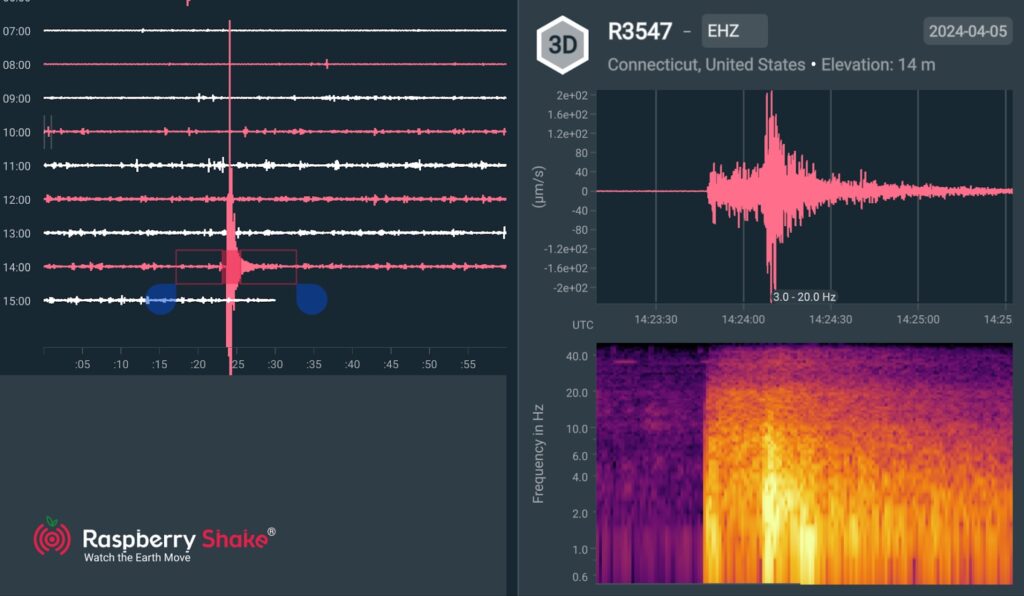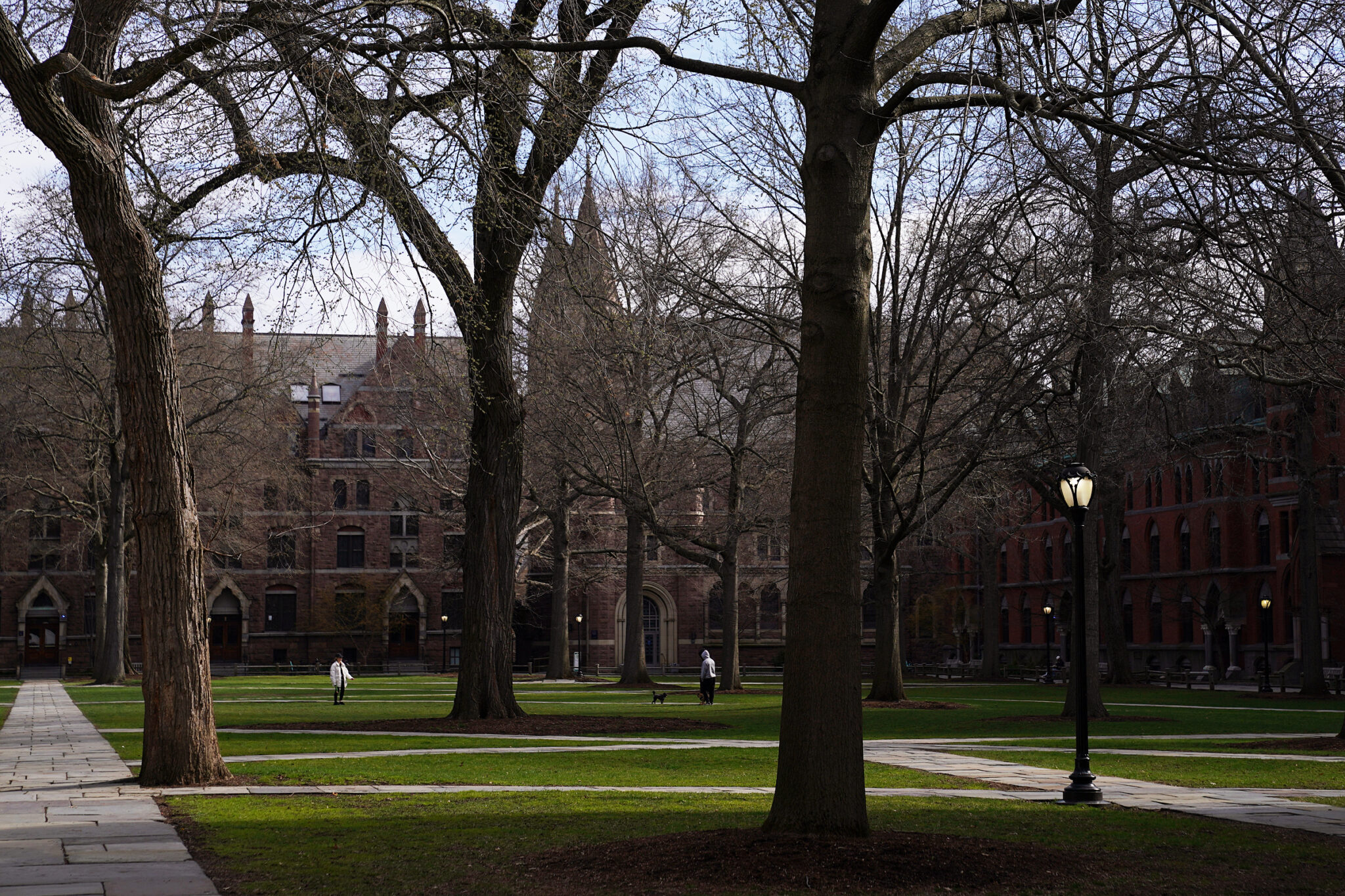Earthquake tremors shake New Haven, startle students and faculty
[ad_1]
Yale and New Haven buildings shook after a 4.8 magnitude earthquake hit the northeast.
Asuka Koda
Staff Reporter
Tim Tai, Senior Photographer
At approximately 10:20 a.m., buildings at Yale and in New Haven shook after a 4.8 magnitude earthquake hit northern New Jersey, according to the United States Geological Survey. Though the epicenter was roughly 120 miles from New Haven, other outlets reported that cities ranging from Boston to Washington, D.C. felt tremors from the earthquake.
Shortly before noon, a Yale Alert message to all University students and staff confirmed that Yale’s campuses experienced an earthquake tremor but noted that there had not been any reports of damage to Yale-owned or Yale-affiliated buildings. Students in all 14 residential colleges and at least a dozen academic buildings across campus reported that their walls and floors started shaking for roughly ten to 15 seconds.
“It was crazy,” Lana Perice ’25, who lives off campus, told the News. “[My] whole house started moving. I first thought the whole foundation was collapsing. It scared the hell out of me.”
As of 12:30 p.m., the New Haven Police Department had not received any emergency calls related to the tremor. In the afternoon, West Haven emergency management director Rick Fontana, who used to lead New Haven’s emergency operations center, confirmed that no structural damage or injuries have been reported in New Haven.
New Haven Mayor Justin Elicker posted a statement on X at 11:26 a.m. noting that the city had not received reports of any notable damage to any homes, buildings or structures.
“While it was a scary moment for many, thankfully everyone and everything appears to be okay,” Elicker wrote.
Connecticut governor Ned Lamont also posted on social media that the state government had not yet received reports of “significant structural damage” in the state.
In an interview with the News, earth and planetary sciences professor Maureen Long said that a seismometer — a tool that detects and measures earthquakes — located in the basement of Kline Geology Lab immediately captured the tremor.
“The event was very well recorded,” Long said.

Based on the preliminary data from the University’s seismometers, Long said that although New England and the Mid-Atlantic are not on a tectonic plate boundary, it is likely that an old fault in the eastern United States was reactivated, ultimately causing the earthquake.
Long explained that while it may be rare for people in the northeastern U.S. to feel earthquakes, recorded earthquakes in the region are not uncommon.
“We have a record of moderate earthquakes,” Long said. “In this part of the world, some people might remember we had a magnitude 5.8 earthquake in Virginia back in 2011. It’s not a frequent occurrence but it’s also not unexpected for this part of the world.”
In fact, Long said that earthquakes are often more widely felt in the northern and northeastern regions of the U.S. compared to “a place like California.” Because the rocks in the former regions are older, colder and stronger, Long said, they “transmit seismic energy very efficiently” — meaning Friday’s northeastern earthquake was likely felt more widely than it would have been if on the West Coast.
Additionally, Long noted that though the University and city infrastructure is often older than other buildings across the U.S., they are still safe due to the infrequency and lack of severity of earthquakes in the region.
“While we do have earthquakes here, they are much less frequent, so our infrastructure tends to not be as highly engineered for earthquake hazards,” Long said. “However, given the level of seismic hazard that we face here, which is much lower than in many other places of the world, we tend to get that balance [necessary to be safe.]”
Long further added that this earthquake likely occurred independently from the 7.2-magnitude earthquake that struck Taiwan earlier this week.
“There is a phenomenon known as dynamic earthquake triggering where earthquake waves from a large earthquake can trigger a smaller one that has been documented,” Long said. “However, for this example, the timing is not right. So there’s no indication that this is related to the Taiwan earthquake.”
The University owns 21 broadband seismometers.
Ariela Lopez and Adam McPhail contributed reporting.
[ad_2]


